Chemical-recycling – Circular-economy 27-04-2022 - Arhive
Chemical-recycling – Circular-economy
-Sulzer’s advanced solutions for chemical recycling on show at Go Circular 2022
Sulzer Chemtech will highlight how its range of cutting-edge mass transfer technologies can reduce greenhouse gas emissions and waste accumulation at the 3rd Go Circular conference. During the event and a technical presentation, attendees will be able to learn more about the company’s commitment as well as its innovative methods to enable circularity. These have been developed to help businesses leverage renewable resources in manufacturing, recover polymers, monomers, and other chemicals as well as capture carbon dioxide (CO2).
Go Circular is a business-oriented, hybrid conference, where industry players across the entire manufacturing value chain can discuss how to succeed in the creation of a circular economy. Separation technologies have a key role to play in the transition of the chemical industry towards more sustainable practices, as they can support innovative chemical recycling strategies, the use of sustainable feedstocks as well as emissions reduction systems. Chemical-recycling – Circular-economy
As a leader in separation solutions with a dedicated global application development team for green initiatives aimed at advancing the efficient production of renewable, bio-based and recyclable materials, Sulzer Chemtech will contribute to the discussion. During the event, the company will showcase its proven technologies for bioplastic manufacturing, such as polylactic acid (PLA), on its physical booth (Stand 1). Visitors will also be able to find out more about column packing and internals that have been specifically developed to address the needs of carbon capture applications.
Sulzer’s advanced solutions for chemical recycling on show at Go Circular 2022
Sulzer Chemtech will highlight how its range of cutting-edge mass transfer technologies can reduce greenhouse gas emissions and waste accumulation at the 3rd Go Circular conference. During the event and a technical presentation, attendees will be able to learn more about the company’s commitment as well as its innovative methods to enable circularity. These have been developed to help businesses leverage renewable resources in manufacturing, recover polymers, monomers, and other chemicals as well as capture carbon dioxide (CO2).
Go Circular is a business-oriented, hybrid conference, where industry players across the entire manufacturing value chain can discuss how to succeed in the creation of a circular economy. Separation technologies have a key role to play in the transition of the chemical industry towards more sustainable practices, as they can support innovative chemical recycling strategies, the use of sustainable feedstocks as well as emissions reduction systems.
As a leader in separation solutions with a dedicated global application development team for green initiatives aimed at advancing the efficient production of renewable, bio-based and recyclable materials, Sulzer Chemtech will contribute to the discussion. During the event, the company will showcase its proven technologies for bioplastic manufacturing, such as polylactic acid (PLA), on its physical booth (Stand 1). Visitors will also be able to find out more about column packing and internals that have been specifically developed to address the needs of carbon capture applications.
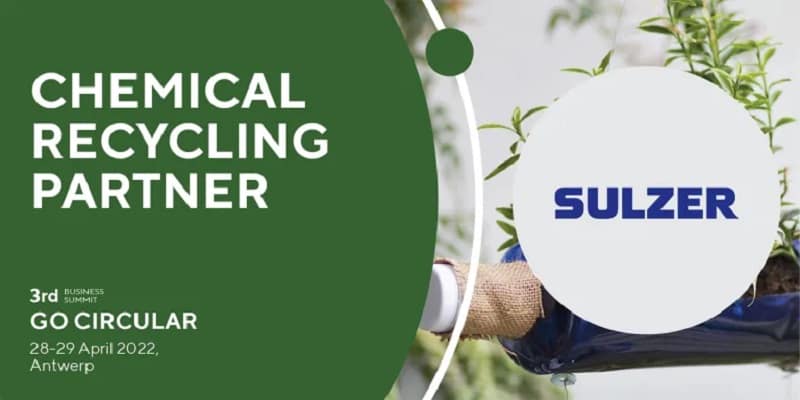
-Worley Bags Contract for Trinseo’s Chemical Recycling Plant
Worley has bagged a front-end engineering and design (FEED) services contract from Trinseo for its first-of-a-kind chemical recycling plant in Belgium. Trinseo is a global materials company and manufacturer of plastics and latex binders. The plant will use gasification technology to depolymerise post-consumer polystyrene waste into pure styrene. It’s a first-of-its-kind project on an industrial scale.
Trinseo’s plant will process 15,000 tons of recycled polystyrene flakes every year. These will be transformed into high quality recycled styrene and used for the production of new polystyrene and/or styrene derivatives, including acrylonitrile butadiene styrene (ABS) and styrene acrylonitrile (SAN). ABS and SAN are thermoplastics polymers. Chemical-recycling – Circular-economy
They are durable and impact resistant, making them useful in the manufacture of car parts, medical devices, consumer electronics and more.
Worley completed the pre-FEED services for the project in 2021. The FEED scope covers the engineering of the feedstock, storage, condensation and distillation areas, utilities and hot oil unit. It also includes the cost estimate for the project. “Circularity in the chemical industry will be key if producers want to retain their license to operate in the coming years and decades,” says Geert Reyniers, Senior Director Process and Technology. He adds, “Our work today means we can help customers, like Trinseo, to implement first-of-a-kind technologies so they can realize their sustainability objectives.”
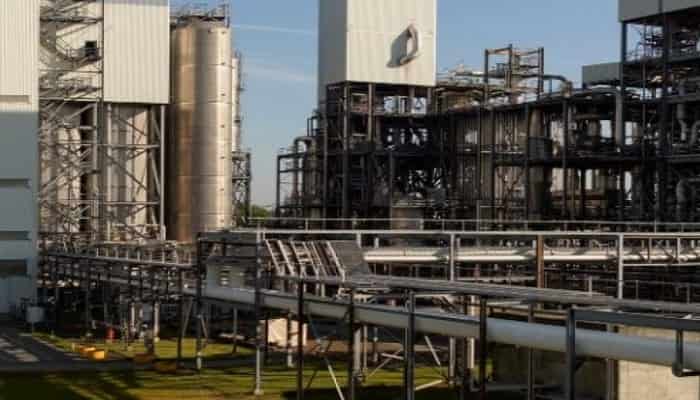
STADLER and KRONES have collaborated in the design and installation of a new sorting and washing plant for Kunststoff Recycling Grünstadt GmbH (KRG), a German recycling company serving the plastics processing industry.
The facility for processing post-consumer HDPE and polypropylene (PP) packaging waste is the first of its kind in the country: it closes the plastics circular economy loop with its output of extremely high quality recyclates that can be used again in the same packaging applications – including those requiring food grade material. The plant was designed to produce annually approximately 30,000 tonnes of recyclates that can be returned to the manufacturing cycle. In addition, the process itself delivers environmental benefits through a reduction in material loss and water consumption, saving up to 36,100 tonnes of CO2 equivalents per year by processing around 38,000 tonnes of plastic waste. Chemical-recycling – Circular-economy
Sorting plastics by colour: closing the circular economy loop
With its new plant, KRG aims to produce high-quality recyclates capable of meeting the demands of branded goods companies and the Fast Moving Consumer Goods (FMCG) sector. This would not be possible by following the common practice in HDPE and PP post-consumer packaging recycling, which produces low-quality, dark colour recyclates that can only be used in lower applications.
To achieve the desired result, the pre-sorted materials coming from Light Packaging Plants are first processed through the sorting line designed and installed by STADLER. With a capacity of approximately 10 tonnes/hour, the line operates in two different modes depending on the material being fed – one for PP materials and another for HDPE. The input materials are screened to eliminate fines, metals are separated using an over belt magnet and eddy current, and light film is extracted by an air sorter.
Seven Near-Infrared (NIR) sorters separate the remaining material into 6 product fractions separated by colour. Part of the output materials is fed immediately into 2 KRONES lines, located in the same hall, while the rest is baled and stored for later processing.
In the KRONES lines, each with a capacity of 2 tonnes/hour, the pre-sorted material is ground into flakes and pre-rinsed before being processed in its patented hot-washing system. Final rinsing and sorting according to colour and polymer complete the process to produce perfectly clean flakes of the high-quality required for recycling in their original packaging applications.
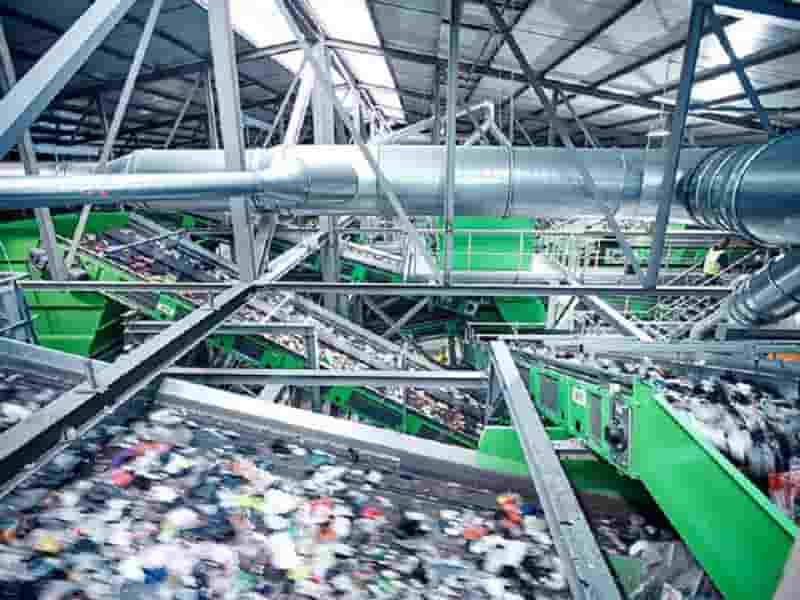
-Finding value in a world of waste
- Earth Day 2022 reminds us of the startling statistic that only 20% of waste created by humans is recycled.
- Given that the planet has finite resources, the so-called circular economy is crucial for the world’s future stability.
- New technologies and design solutions will play a key role — such as biodegradable plastics created from the seeds of plants like canola and soy to help reduce public waste.
- These challenges also create significant investment opportunities: the European Commission’s Circular Economy Action Plan could increase EU GDP by an additional 0.5% by 2030 and create approximately 700,000 new jobs.
The first Earth Day rally in 1970 encouraged environmental protection for the planet but the message requires greater urgency for Earth Day 2022 as earlier this year it was announced that the world has already “exceeded the safe planetary boundary for pollutants1.” Of the millions of tons of waste humans produce annually, less than 20% is being recycled and the volume is growing, yet a sustainable planet requires sustainable growth2. An emerging solution is the transition towards a circular economy which supports global targets for climate neutrality and halting biodiversity loss, while presenting a growing opportunity for long-term investors.
The good news is that companies are increasingly considering the long-term implications of not addressing the risks that threaten our planet, while at the same time understanding where new opportunities exist for sustainable growth. Participating in the circular economy is becoming a necessary move for companies of all sizes in solving the threat that waste pollution poses to our environment. It is a shift that has become possible through alignment of business objectives and environmental targets. Chemical-recycling – Circular-economy
From linear to circular
Many resources are finite. Global population growth of 25% by 2050 and a rising middle class with changing consumption patterns threaten to exacerbate this problem of scarcity.3 Rethinking how we obtain, use, reuse and optimise the world’s resources remains crucial for the future stability of businesses in sectors as diverse as food production, construction and electronics.
Progress requires disruption of the traditional linear patten of consumption known as “make – take – waste” and a move towards a circular process involving the reduction of excessive waste, emphasis on reuse, remanufacturing and repair, and recycling of the materials we use every day.
The circular economy is based on three major principles which should be driven by design: elimination of waste and pollution, circulation of products and materials, and regeneration of the current ecosystem. Enablers of the circular economy transition include urbanisation, digitisation, consumer demand and consumers’ awareness of social and environmental issues. Furthermore, regulation has started to play a role. In 2020, the European Commission (EC) recognised the importance of this evolution to new production and consumption models through adoption of the Circular Economy Action Plan, which became a key pillar of the European Green Deal. Moreover, contributing to several of the UN Sustainable Development Goals (SDGs) including SDG 12 – responsible consumption and production – the circular economy is considered the second most important technology innovation space for the SDGs after Big Data4. Chemical-recycling – Circular-economy
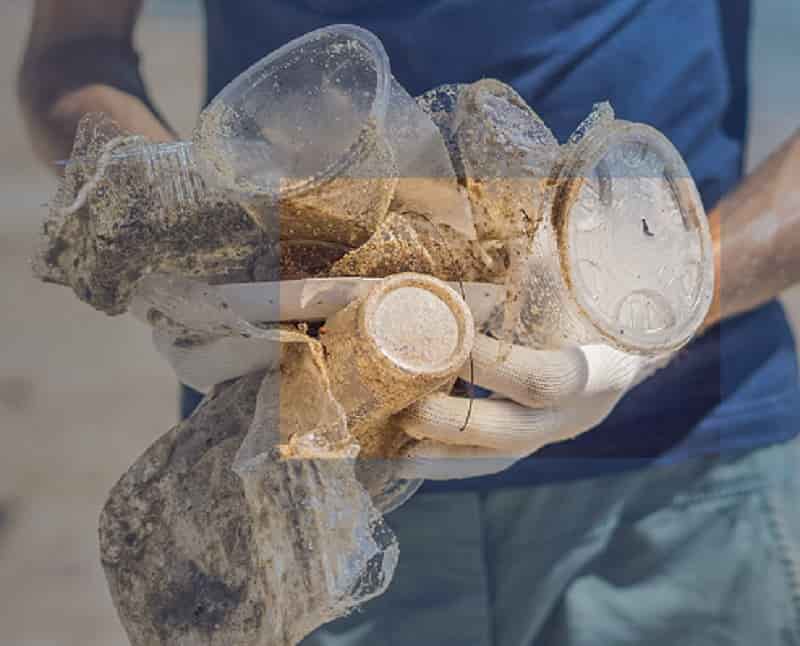
-Nat Flex Chemical Recycling Diagram
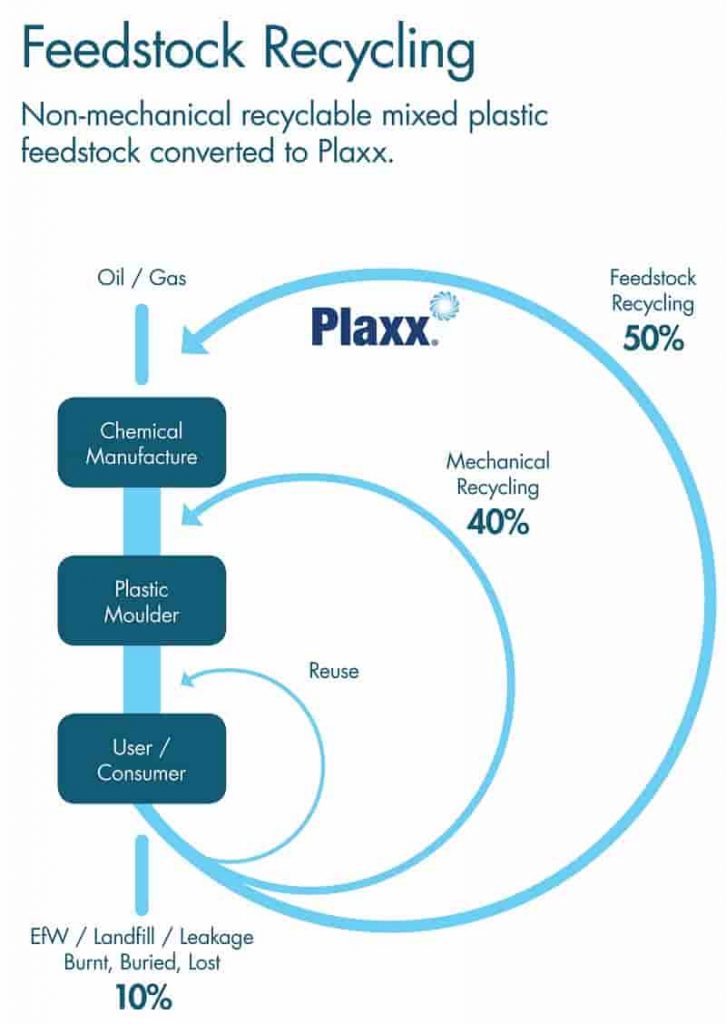
-New Flame-Retardant Plastic Significantly Delays Thermal Runaway in EV Batteries
The new material from LG Chem reportedly is 45 times more effective at blocking flame propagation from lithium-ion batteries than conventional flame-retardant plastics.
There is a lot of chatter about electric car batteries catching on fire, even though the jury is very much out on the heightened fire risk of electric-powered cars compared with conventional vehicles. As is often the case, however, perception can trump reality. The recent Felicity Ace fiasco has added fuel to the fire, if you’ll pardon the expression. The ship was transporting some 4,000 vehicles, many of which were battery electric vehicles (BEVs), when it caught fire off the shore of Portugal and sank. It has not been firmly established that the BEVs were the cause, but speculation has run rampant. In this environment, building a better battery has become the prime directive of a number of companies. Korean Chemicals giant LG Chem announced today that it has achieved this goal with the development of a flame-retardant engineering plastic that, the company claims, can delay thermal runaway of electric vehicle batteries longer than any other technology on the market.
Thermal runaway is said to be a main cause of fire in electric vehicle batteries. It occurs when the lithium-ion cell generates heat at a rate several times higher than the rate at which heat dissipates from the cell, explains Underwriters Laboratories. As a result, the lithium-ion cell enters an uncontrollable, self-heating state, a sort of feedback loop. Chemical-recycling – Circular-economy
Compounding the potential risk, lithium-ion batteries are highly reactive to water, making them difficult to extinguish with water in case of fire.
LG Chem’s new flame-retardant material is described as a highly functional engineering plastic comprising various material groups including polyphenylene oxide (PPO), polyamide (PA), and polybutylene terephthalate (PBT).
Compared with other flame-retardant plastics, the new material can block heat for longer periods of time when it is applied to the electric vehicle’s battery pack cover, said LG Chem, parent company of the world’s second largest EV battery manufacturer, LG Energy Solution. Material properties also include dimensional stability when exposed to extreme temperature changes. The material can block flame propagation caused by thermal runaway for more than 400 seconds above 1,000°C. This is 45 times better than general flame-retardant plastics, according to LG Chem.
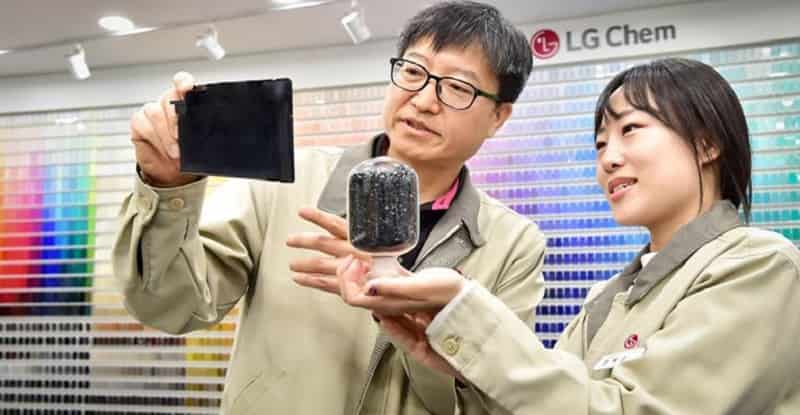
Chemical-recycling – Circular-economy
